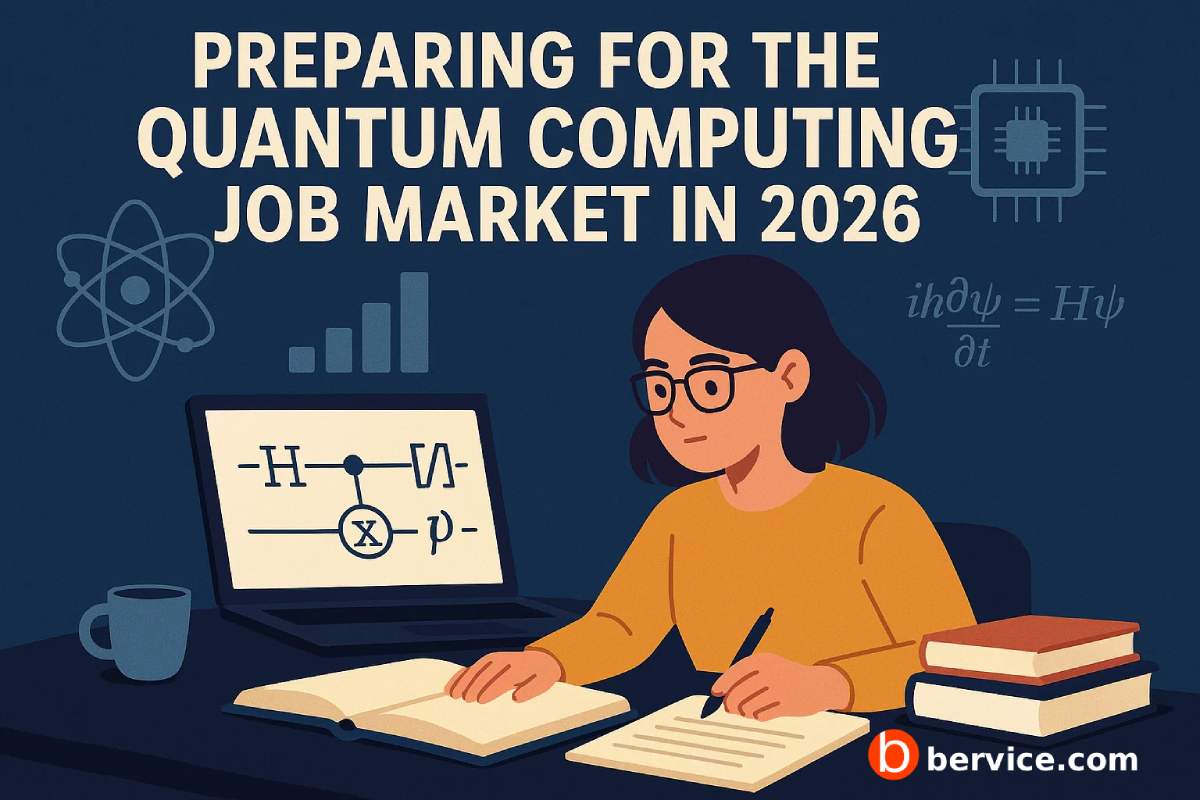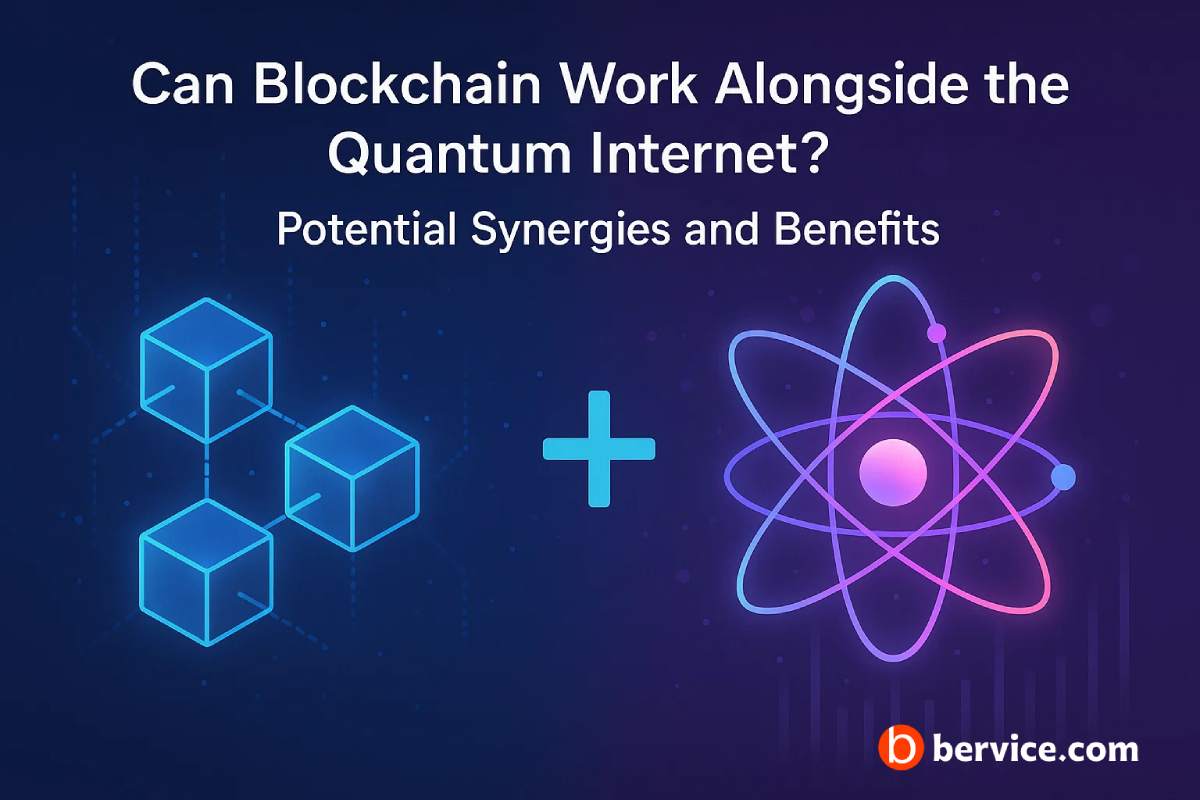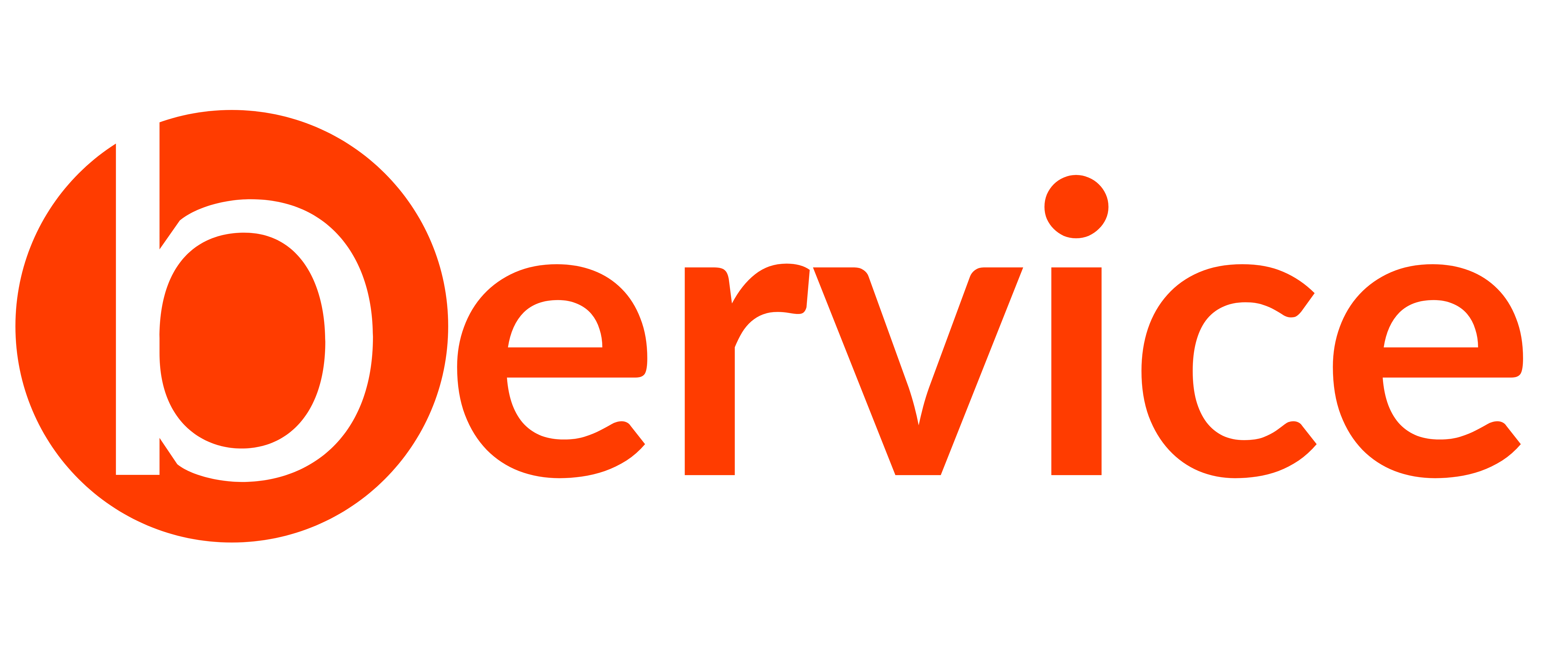
1. Industry Outlook & Inflection Points
- Experts foresee 2026–2027 as a critical inflection period when quantum computing may begin delivering practical value to users—particularly through advancements in error correction and scalable systems .
- The global quantum computing market is projected to grow significantly: from over USD 5 billion by 2029 to exceeding $22 billion by 2032 . The rising commercial deployments signal expanding opportunities for professionals.
2. Core Frameworks, Languages & Platforms
To be market-ready by 2026, focus on these critical tools:
- Qiskit (Python-based)
This open-source SDK from IBM allows developers to build and optimize quantum circuits, run them on simulators or real hardware, and interface with cloud services . - Q#
Microsoft’s domain-specific language tailored for quantum algorithms. It integrates smoothly with classical languages like C# and Python and is part of the broader Quantum Development Kit . - OpenQASM (Intermediate Language)
Used for representing quantum circuits at a low level; widely supported by frameworks and hardware platforms. - Cirq (Google ecosystem) and Ocean SDK (D‑Wave)
Though not detailed heavily in the sources, these are also widely recognized in the industry. Cirq is Google’s Python library and Ocean SDK caters to quantum annealing-based applications. Employers frequently list them among desired skills . - Emerging High‑Level Languages (e.g., Qutes)
Research is underway into user-friendly languages that abstract quantum complexity. A new language Qutes builds on Qiskit to simplify algorithm development, making quantum more accessible to developers without deep quantum mechanics expertise.
3. Hybrid Computing & Quantum-AI Integration
- The future of quantum lies in blending quantum with classical and AI systems. Quantum-hybrid approaches are being emphasized by industry leaders from Microsoft and PsiQuantum.
- There’s an increasing convergence of quantum, AI, and high-performance computing (HPC) in both research and enterprise applications .
4. Growing Demand and Talent Shortage
- The demand for quantum computing talent is skyrocketing. Estimates suggest 250,000 jobs by 2030 and even 840,000 by 2035.
- However, the talent pool remains small. Jobs often require advanced degrees, with only 10–15 % of applicants meeting requirements. Salaries reflect the rarity—entry-level roles already pay in the USD 80k–120k range, while experienced positions reach over USD 200k.
- The industry is addressing this gap through training programs and university partnerships (e.g., MIT, UC Berkeley) to build the pipeline.
Summary: Strategic Preparation Tips for 2026
| Focus Area | Recommended Actions |
|---|---|
| Programming & Frameworks | Learn Qiskit, Q#, OpenQASM, and related tools like Cirq and D‑Wave Ocean SDK |
| High-Level Development | Track and experiment with emerging languages like Qutes for abstraction and ease of use |
| Systems Integration | Gain skills in hybrid quantum–classical computing, and understand AI + HPC integration |
| Certifications & Courses | Participate in training programs offered by IBM, Microsoft, Classiq, and university partnerships |
| Keep Industry Awareness | Monitor timelines and forecasts—hardware readiness, fault tolerance, and early deployment roadmaps |
By focusing on these frameworks and trends now, you’ll be well-positioned to ride the wave of quantum opportunity as it matures in the coming years. The ecosystem will increasingly value professionals who can blend quantum programming, hybrid system design, and algorithmic insight—with the right foundation, you’ll be ready for the exciting quantum frontier.
Connect with us : https://linktr.ee/bervice
Tags
# Ai
# Automotive
# bervice
# Blockchain
# BlockchainSecurity
# BlockchainTechnology
# Centralized
# Cryptography
# cryptotech
# Cybersecurity
# DataProtection
# DataSecurity
# decentralizedstorage
# DigitalTransformation
# Encryption
# futureofdata
# FutureOfSecurity
# How Cryptocurrency Wallets Like Trustwallet
# innovation
# Metamask
# pqc
# QuantumComputing
Posted in
Tech




